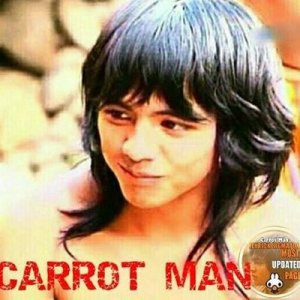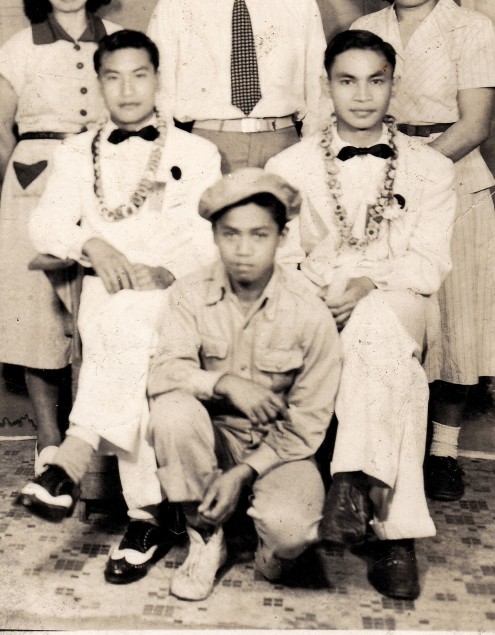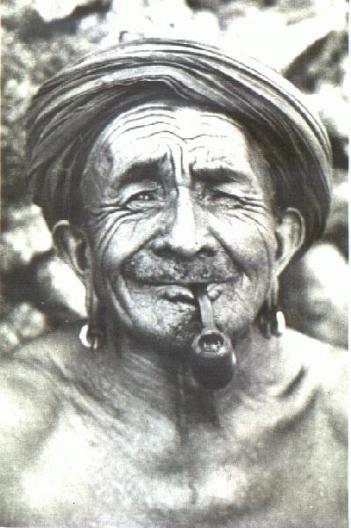Time and again, right into the 21st century, we still hear many personal stories from Igorot people how Philippinos react to them when they learn about the latter being an Igorot. The initial reaction is usually of disbelief, followed by a mix of responses ranging from perplexity, embarrassment, awe, fear, and prejudice. This makes Igorots scratch their head in confusion and sometimes utter annoyance by the ignorance of many Philippinos. When truly offended, it is not unheard of that some Igorots respond with drastic measures of counter discrimination and even aggression.
As a response to this centuries-old prejudice, some Igorot politicians endeavored to pass a bill that aimed to officially ban the use of the term ‘Igorot’ in referring to the mountain tribes of the Cordillera region of Luzon, Philippines. I know some Igorot friends back in college who strongly resented being called Igorot and insisted that they be known by their specific tribal or ethnolinguistic affiliations. It was not because they were ashamed of their heritage, but it was their way of rejecting the negative connotations attached to the term ‘Igorot’.
What does the term ‘Igorot’ mean in the first place?
Literally, ‘Igorot’ means ‘people from the mountains’ (the mountain ranges of Luzon island). Thus, they are also referred to as Cordillerans or highlanders, as opposed to the lowlanders of the Philippines.
The word ‘Igorot’ is an exonym, derived from the archaic Tagalog term for ‘mountain people’ (formed from the prefix і-, “dweller of” and golot, “mountain range”) – Wikipedia.
After my blog post, “Improvement of the Race,” many had shared by commenting and also by emailing their personal experiences of discrimination by virtue of being an Igorot. Some have asked where the discrimination came from. And who is to blame? It does appear that a great number of Philippinos are totally innocent of their ignorance – the source of prejudice. So how could you blame someone who is genuinely innocent of being ignorant?
How did the discrimination toward the Igorots came to be?
First, it is not always accurate to blame each and every of our problem on our past – namely our colonial past. Many of our problems, as a nation, also stem from our own doings which can only be resolved by rectifying ourselves. However, when it comes to the topic on how the discrimination against the Igorots came about, I can only honestly point to colonialism as the starting point.
Here’s the story:
A long, long time ago, on the western edge of the world’s biggest ocean, now called the Pacific Ocean, lies a group of a thousand and more islands. These beautiful, tropical islands were inhabited by various independent and sovereign tribes and chiefdoms. All these groups of people traded peacefully with one another and formed friendships and alliances. But just like anywhere else in the world, they also had their differences and misunderstandings that at times, they also fought with one another. These island people also traded with other people who are from even more far away places. They had a thriving trade with the Indians from India, the Japanese, the Chinese, the Arabs, and the other island people to their west and south like the Siamese and Sumatrans.
In the years 1400s and 1500s, on the other side of the world, in a far away continent called Europe, two neighbor countries – Portugal and Spain – were fiercely competing to find sea routes to Asia, and to “discover” and claim new lands. It then came to pass that by March 16, 1521, an explorer named Ferdinand Magellan, under the patronage of Spain, sailed across two big oceans and reached this group of sunny islands on the western edge of the biggest ocean. He was able to convert some natives into his religion and claimed the islands he saw for the king of Spain. In an island called Mactan, Magellan battled with the natives and was killed.
Decades later, after Magellan, several more Spanish expeditions were sent. They had with them the order to conquer and colonize this group of islands in the western Pacific Ocean. And so it came to pass that these originally sovereign and independent island chiefdoms, island by island, fell and succumbed to Spanish imperialism. These group of islands, an archipelago, seven thousand and one hundred seven of them all, were then consolidated and became one country. Thus, a new colony was born, for Spain.
To honor King Philip II of Spain, the conquistadors baptized this new country – “The Philippine Islands”. This was how these group of tropical islands got their name. This was how the present inhabitants of these islands got their name – Philippinos, “nationalized” as Filipinos – a name, which, up to this day, unfortunately, seems to confuse them of their sense of identity and muddles their sense of loyalty.
Indeed, it does happen that 350 years of indoctrination and being ordered around by powerful colonial masters is long enough to make the servant want to identify with the master. It makes the servant want to be like the master, in the way the master looks, talks, thinks, and acts. And those who did not conform to that “coveted standard” were viewed as misfits and inferiors.
Unknown to many, and not always acknowledged even in Philippine history books, there remained a significant population of people in “The Philippines” that defied the Spanish conquest. In the mountain chains of the biggest island, Luzon, are the tribus independientes (independent tribes) now collectively known as the Igorots. Not wanting the king of Spain to become the chief among them, nor did they want any Spaniard or lowlander to claim their land, collect taxes and order them around, the Igorots defeated the combination of Spanish and Philippino troops in many battles. In the south, in the island of Mindanao, are Islamic chiefdoms or sultanates that equally thwarted off Spanish colonization. In addition, there are a number of indigenous tribes in Mindanao who are neither Islamized nor Christianized. This people also had never been a subject of Spain.
This was the beginning of the historical divide; the birth of the gap and alienation between the colonized and the uncolonized inhabitants of The Philippines Islands. Those who refused to bow down to the God of the colonizers, and to pay taxes and tributes to their king, were branded as tulisanes and savage heathens. They were the Igorots in the north and the Moros and other indigenous groups in the south. For more than three hundred years, Spain continuously waged war against them. The Philippinos, being servants of Spain, assisted the colonial masters in these military campaigns against the independent tribes.
Before this ‘historical divide’, it must be noted that the mountain-dwelling Igorots were having a healthy trade with their lowland counterparts. After the lowlanders were enslaved by Spain, the historical process between the highlanders and the lowlanders was no longer the same. The Igorots came to be labeled as uncivilized, law-breakers, ruthless headhunters – who the Hispanized lowlanders, at all cost, should avoid, and be very, very wary of.
More than three hundred years of separation between the highlanders and lowlanders naturally resulted in the ignorance of the latter about the former. Distorted notions and preconceived judgments became so deeply ingrained that from generation to generation, Philippinos taught their children that the Igorots are wild, dark-skinned, ugly people with tails who kidnap lowland children.
Still, you wonder why, in this time and age of advancement of technology in education, intellectual advancement seem to be lagging behind. School textbooks and lowland school teachers alike are ridden with errors on what they are teaching about history, especially the history of the uncolonized.
Maybe what is needed is to give it more time. Given the 350 years of Spanish colonization, where these prejudiced notions were hatched and upheld, compared to only about a hundred and twenty years since the colonizers have left, we can say that it is understandable how change may not happen overnight.
As they say, time heals everything. Time and mutual respect and understanding will eventually heal the wound, close the gap, and erase the deep scar inflicted by colonialism.
* * *
School children depicting glimpses of Philippine History through dance

Igorot costume and way of life

Lowland Filipino way of life and costume in later period. In earlier period, they also wore g-strings just like the Igorots.

Muslim Mindanao costume and dance

Carinosa – Filipinized Hispanic dance of the lowlanders. Mistakenly called by them as the “national dance”.












